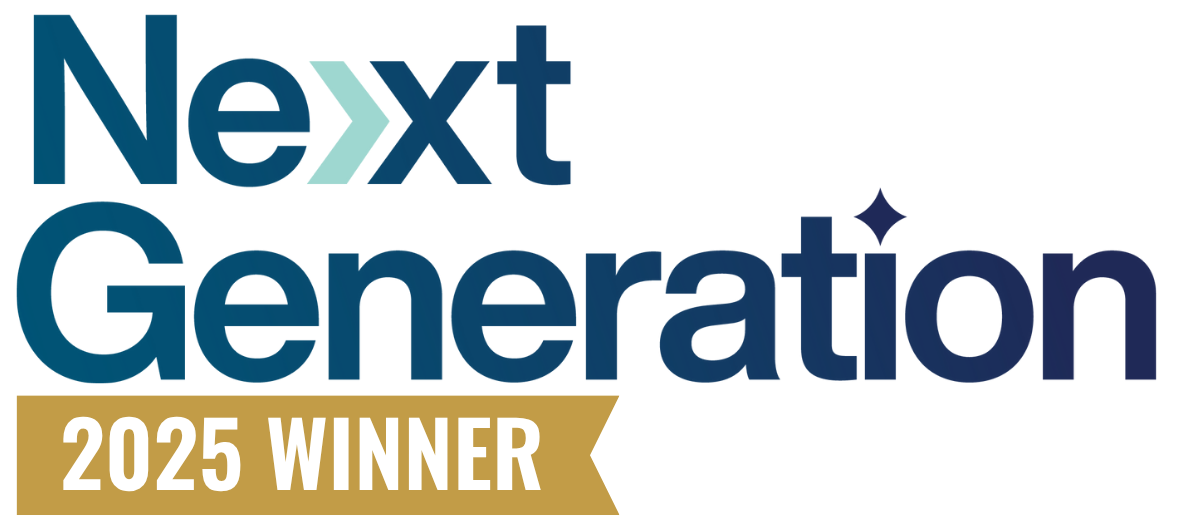Getting a print job from end user to printer may seem simple. In reality, though, there are several key methods to accomplish this task — each with its own advantages and drawbacks.
Direct IP printing and print servers help businesses manage printing activities and streamline related processes. But, no one-size solution exists for every business. Organizations will need to carefully weigh their options by first understanding these two enterprise printing systems and their own unique needs.
Let’s explore direct IP printing and print servers to better understand their differences and help your business discover which print management solution makes the most sense for your operations.
Understanding Direct IP Printing vs. Managed Direct IP Printing
When many of us think of traditional printing, direct IP printing is usually what we have in mind. With this printing method, computers send print jobs directly to an assigned printer — bypassing the need for a centralized print server. Every workstation connects to a printer via a unique IP address.
Unlike traditional direct IP printing, managed direct IP printing not only reduces the need for intricate server architecture, but also helps simplify print management tasks.
Here are a few standout benefits of managed direct IP printing:
- Better Print Efficiency - Since workers send jobs directly to printers, potential errors, such as driver issues or malfunctions, only affect a single user/printer. This also speeds up the entire printing process.
- More Control - IT team members can quickly add new printers without needing to configure or maintain additional print servers.
- Improved Resource Allocation - Direct IP printing offers a more streamlined approach to printing that won’t heavily tax a network by adding the benefit of local spooling and print job rendering.
- Optimized Printing Management - Because IT admins can deploy printers without scripts or group policies, pushing out printers to end users is extremely easy, also users can utilize the self-service portal and install printers themselves with a single click. This simplicity reduces some of the burden on IT teams and streamlines the printer management process.
The effectiveness of serverless printing will depend heavily on a business's specific needs. As such, it may not be the right solution for every organization. But there’s more to a direct IP printing system to explore.
Managed Direct IP Printing Solutions
Before we explore print servers, let’s discover some of the benefits of a managed direct IP printing platform. With this type of printing, you get the best of direct IP printing with the additional benefit of a centrally managed solution.
With centralized management, IT teams can administer all printers from a single web-based admin console with or without domains or trusts. They can create, modify, delete, and deploy printers seamlessly through intuitive web-based tools. An additional self-service portal enables end users to easily identify and install nearby printers as well.
Moreover, a managed direct IP printing platform allows for enhanced integration with multifunctional printers (MFPs) and delivers full-featured printing for mobile and bring-your-own-device (BYOD) users.
Lastly, a managed solution provides detailed real-time reporting of print costs and usage for both individual devices and full printer fleets — capturing critical data points that can help determine printing trends. With the average company spending around $1,200 or more on printing per employee, this data can be invaluable for reducing costs.
Managed direct IP printing solutions also eliminate the frustrations of print server related vulnerabilities like PrintNightmare.
Understanding Print Servers
Using a print server provides a business with a central hub to manage print requirements sent from computers on a network. The primary job of a print server is to print jobs from multiple sources and distribute them to the appropriate printer. In this type of configuration, multiple printers connect to the print server itself.
Instead of printers directly communicating with end-user devices or through a central hub like in managed direct IP printing, users send print jobs to the print server, which then sends them to the right printer. Some of the advantages are:
- Optimized Centralized Print Management - By allowing for the management of printer drivers, configuration settings, and print queue handling from a single location, print servers make it easier to oversee printing tasks.
- Better Audit Control Capabilities - Since print servers track all print jobs, businesses can monitor print usage for security, compliance, or cost management purposes and create clear audit trails for all printing activities.
Regarding disadvantages, print servers are known for becoming a single source of failure and frustration. Since all print jobs must go through the central server, any problem can disrupt all printing operations across a business.
Print servers also increase the workload of IT departments on the front end, and servers themselves require additional hardware, tasking both capital and network resources.
Having a centralized server for print management can also become a security risk. While enterprise printers are an often overlooked security threat, recent exploits in print server management systems highlight the potential vulnerabilities of these systems.
How to Choose the Right Printing Solution for Your Business
Finding the right printing solution for your business involves weighing the benefits and drawbacks of direct IP printing and print servers. Here are a few things to consider:
- Size of the Organization - Larger organizations might find both print servers or managed direct IP printing platforms more suitable because of the centralized nature of management and control.
- Nature of Work - How you use your printers is an important factor to have in mind. Both print servers and managed direct IP print solutions, can help with sensitive printing activities with advanced audit tracking capabilities.
- Budget - A print server solution can prove to be a costly endeavor. Businesses on a tight budget might consider moving to a managed direct IP printing solution to save costs.
- IT Resources and Capacity - Managing a print server requires dedicated IT personnel to handle things like updates and server maintenance. Managed direct IP printing platforms reduce the strain and are often a more manageable solution.
- Reliability and Scalability - If you’re searching for a solution that grows with your business, managed direct IP printing can be a great choice. Print servers have the disadvantage of solely centralized operation, which can hamper reliable performance.
Find the Right Printing Solution for Your Business
While managed direct IP printing and print servers address the same need, they do so in different ways. Managed direct IP printing sends jobs directly from end users' workstations to the printer, optimizing print management and providing better printing efficiency. Print servers, on the other hand, allow for centralized print management, but at the cost of hardware and possible security vulnerabilities.
By considering factors like your budget, printing needs, and IT resource allocation, you can find the right printing solution for your team.
One solution that helps bridge the gap between these two printing options is managed direct IP printing. With this type of solution, businesses can enjoy all the benefits of centralized print management without the need for overwhelming IT management, additional server hardware, or the need for GPOs and scripting.





